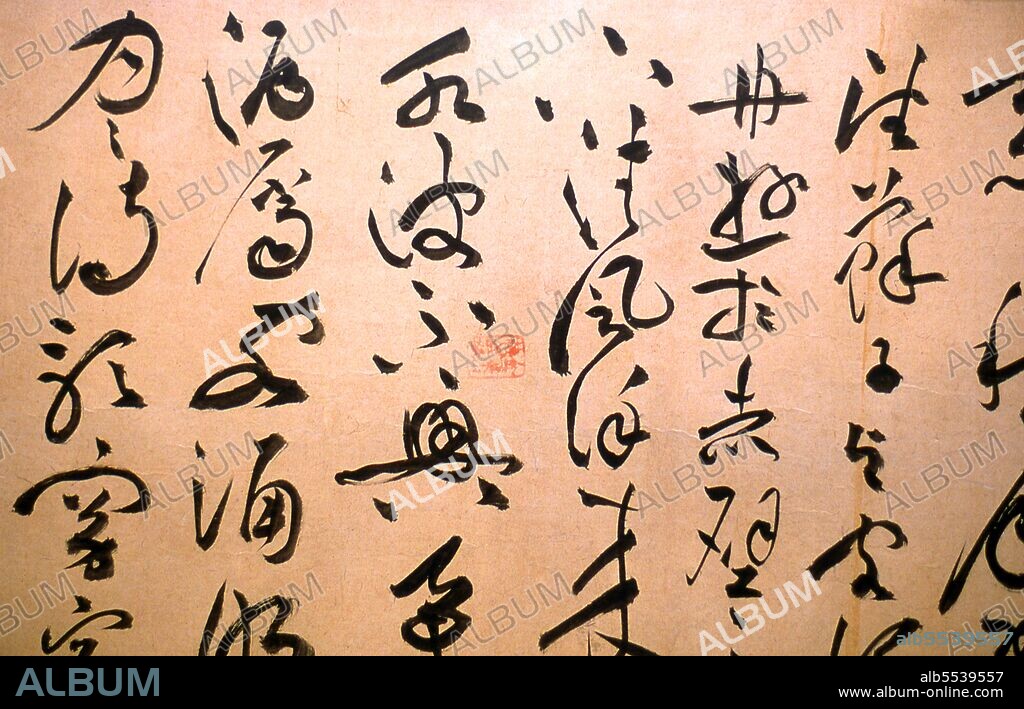alb5539557
China: Caoshu (grass script, first developed during the Han Dynasty 206 BCE-220 CE), Ming Dynasty, Shanghai Museum, Shanghai.

|
Ajouter à une autre Lightbox |
|
Ajouter à une autre Lightbox |



Avez-vous déjà un compte? S'identifier
Vous n'avez pas de compte ? S'inscrire
Acheter cette image

Titre:
China: Caoshu (grass script, first developed during the Han Dynasty 206 BCE-220 CE), Ming Dynasty, Shanghai Museum, Shanghai.
Légende:
Voir la traduction automatique
Cursive script (simplified Chinese: ??; traditional Chinese: ??; pinyin: caoshu) is a style of Chinese calligraphy. Cursive script is faster to write than other styles, but difficult to read for those unfamiliar with it. It functions primarily as a kind of shorthand script or calligraphic style. Cursive script originated in China during the Han dynasty (206 BCE - 220 CE) through the Jin Dynasty period (266 - 420 CE), in two phases. First, an early form of cursive developed as a cursory way to write the popular and not yet mature clerical script. Faster ways to write characters developed through four mechanisms: omitting part of a graph, merging strokes together, replacing portions with abbreviated forms (such as one stroke to replace four dots), or modifying stroke styles.
Crédit:
Album / David Henley/Pictures from History/Universal Images Group
Autorisations:
Modèle: Non - Propriété: Non
Questions sur les droits?
Questions sur les droits?
Taille de l'image:
5100 x 3266 px | 47.7 MB
Taille d'impression:
43.2 x 27.7 cm | 17.0 x 10.9 in (300 dpi)
Mots clés:
ASIE • ASIE, CONTINENT • CALLIGRAPHIE • CHINE • CHINOIS • CHINOISE • CONTINENT ASIE • COURS • CULTURE • ÉCOLES • ECRITURE • EDUCATION ECOLE • EDUCATION • ÉDUQUER • ENSEIGNANT • ENSEIGNEMENT • FORMATION • HISOIRE • HISTOIRE • INSTITUTEURS • INSTRUCTION (ENSEIGNEMENT) • INSTRUCTION • MAITRES ECOLE • MUSÉE • PEDAGOGIE • PROFESSEUR
 Pinterest
Pinterest Twitter
Twitter Facebook
Facebook Copier le lien
Copier le lien Email
Email
